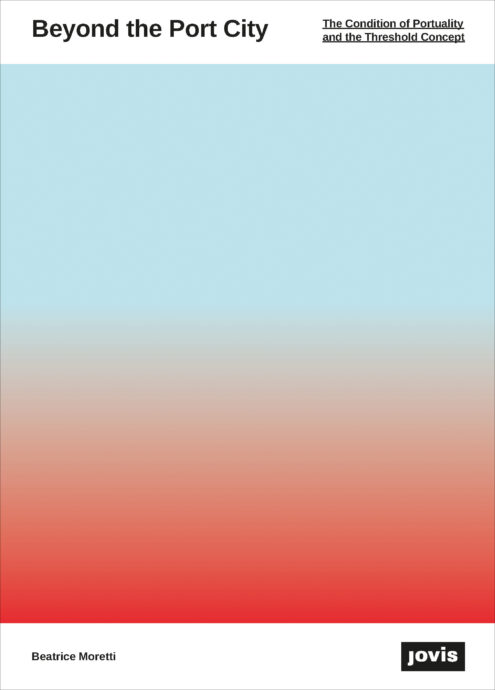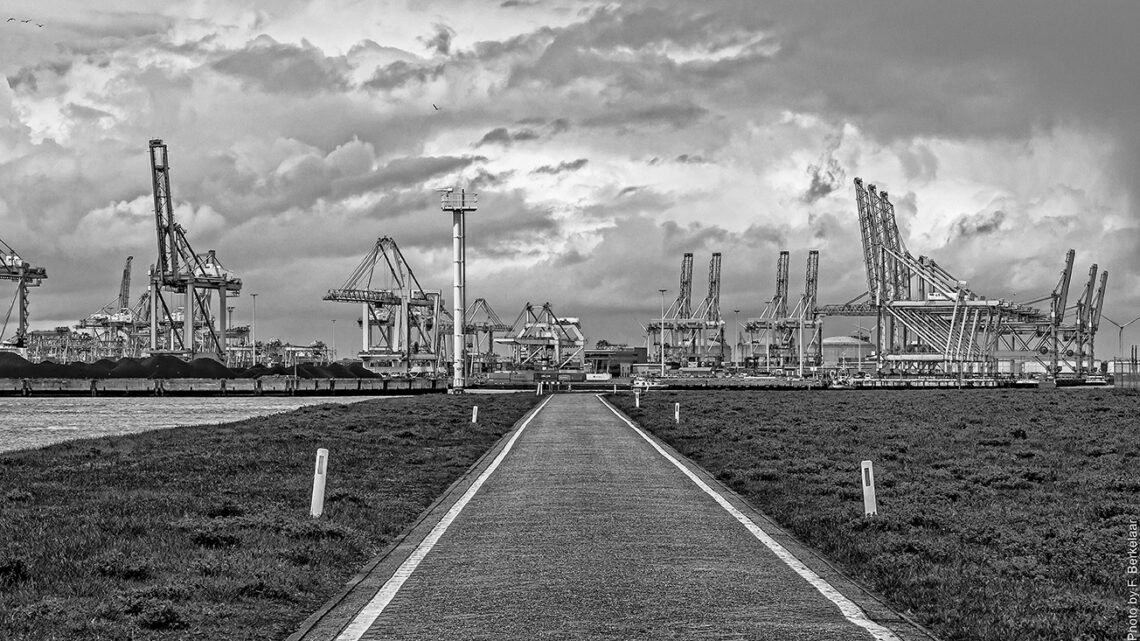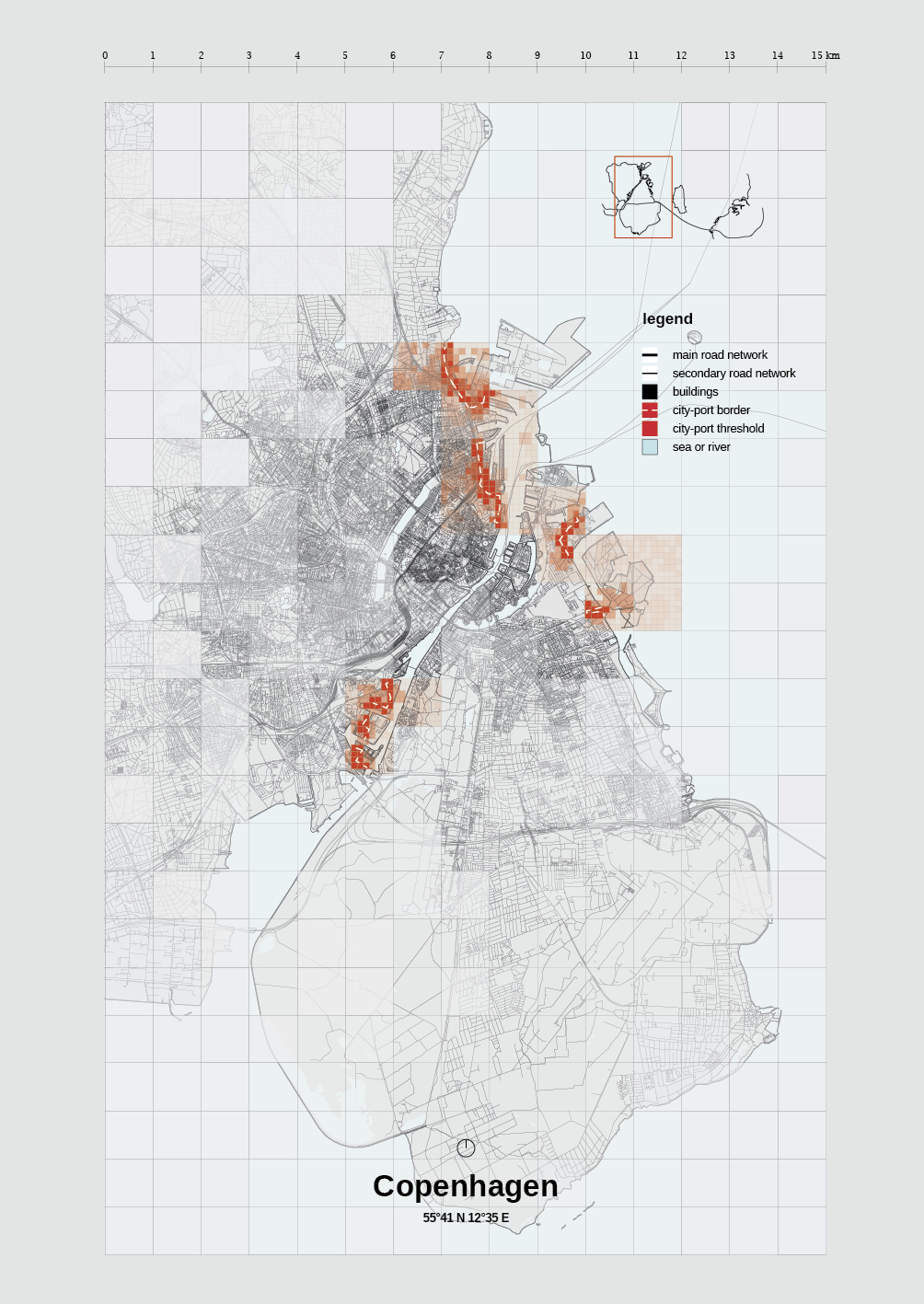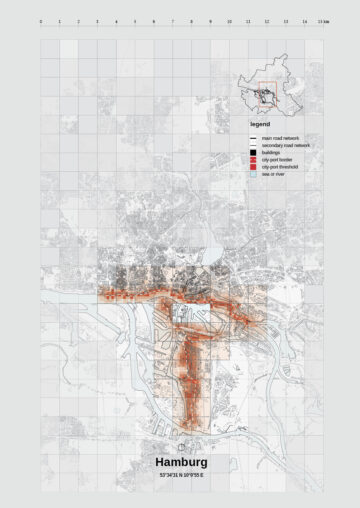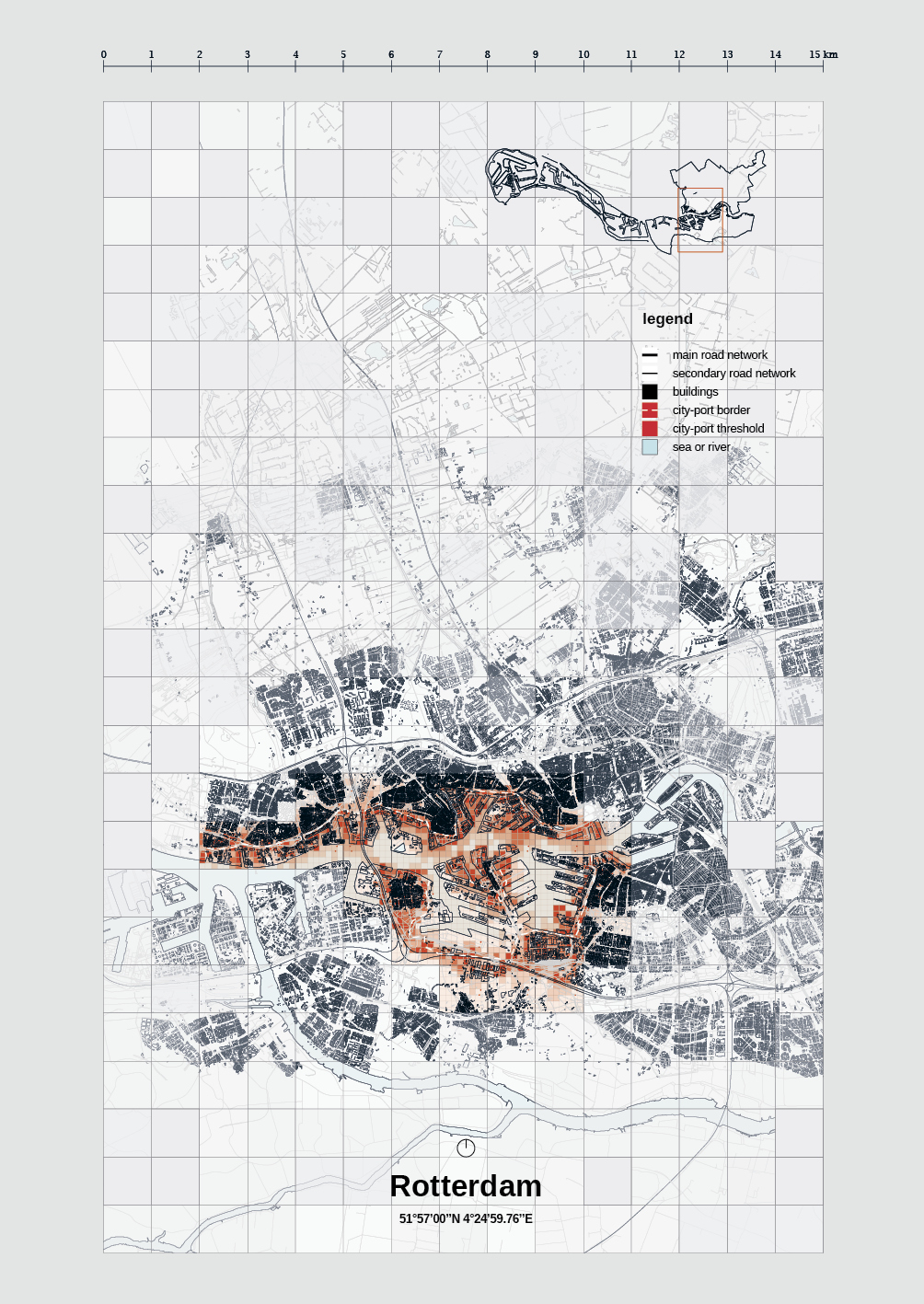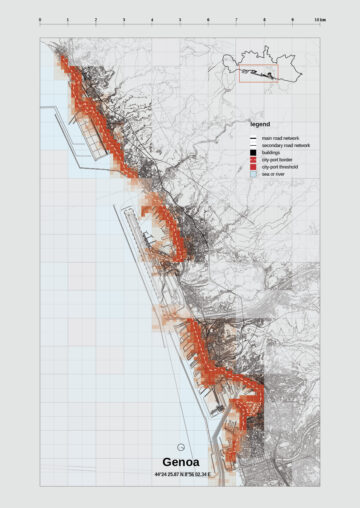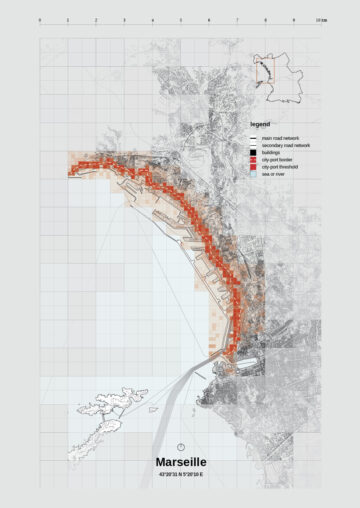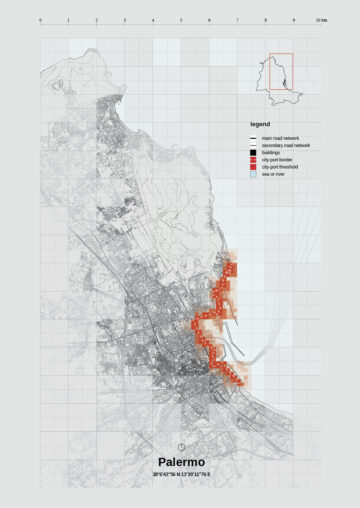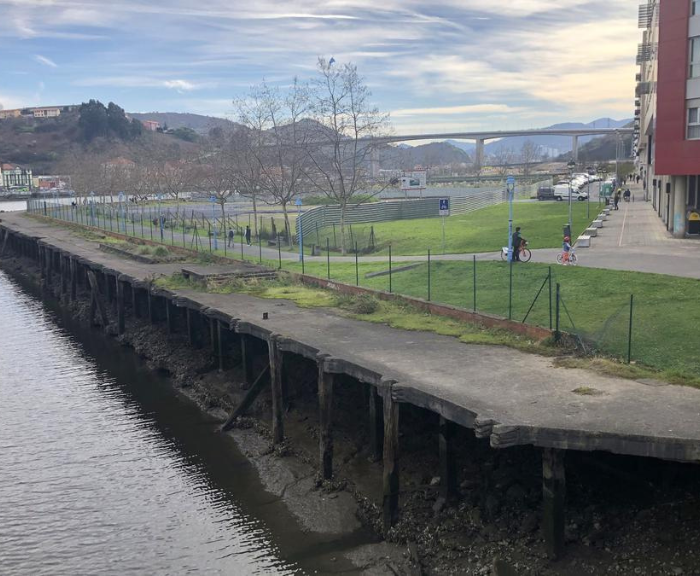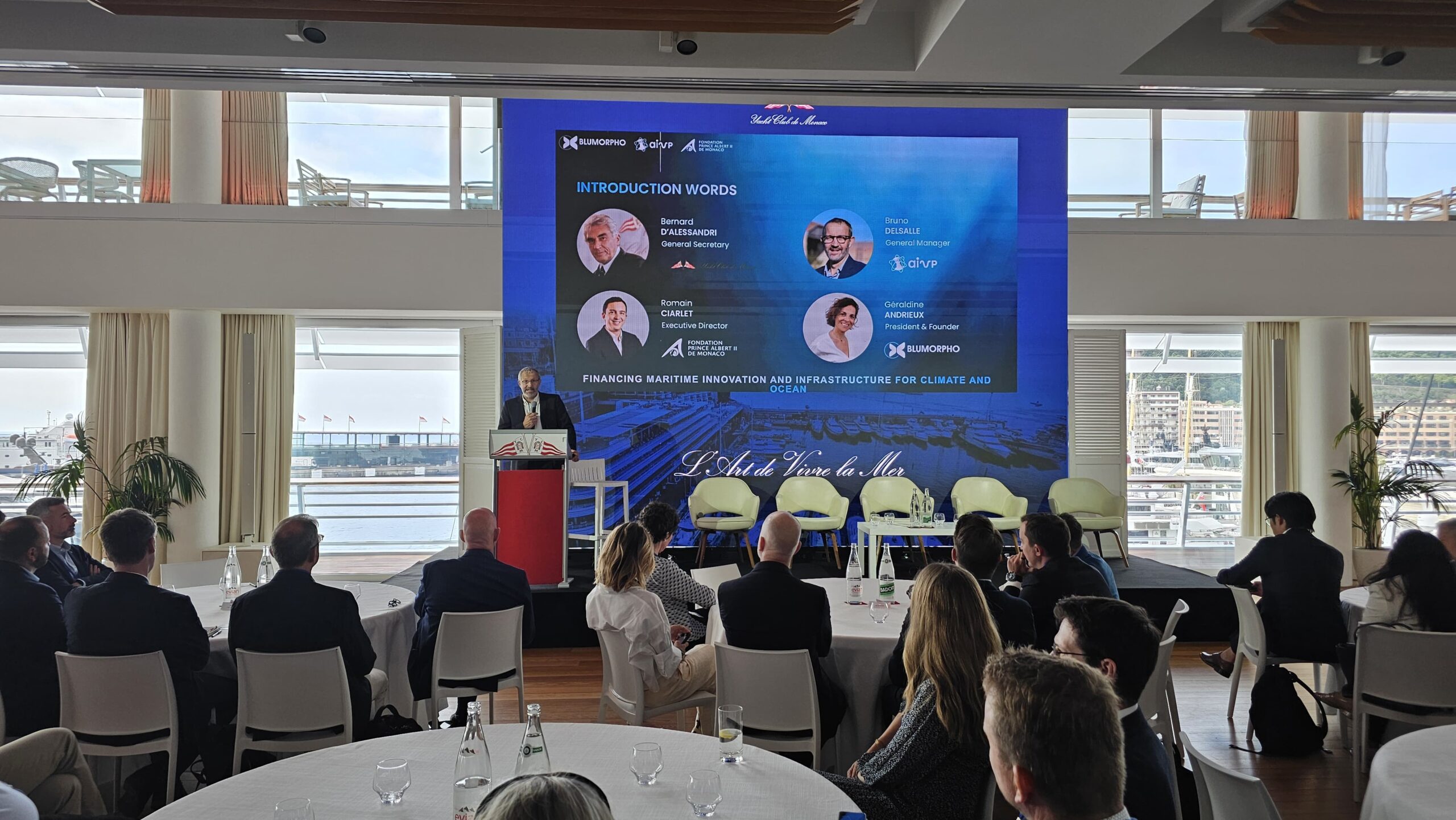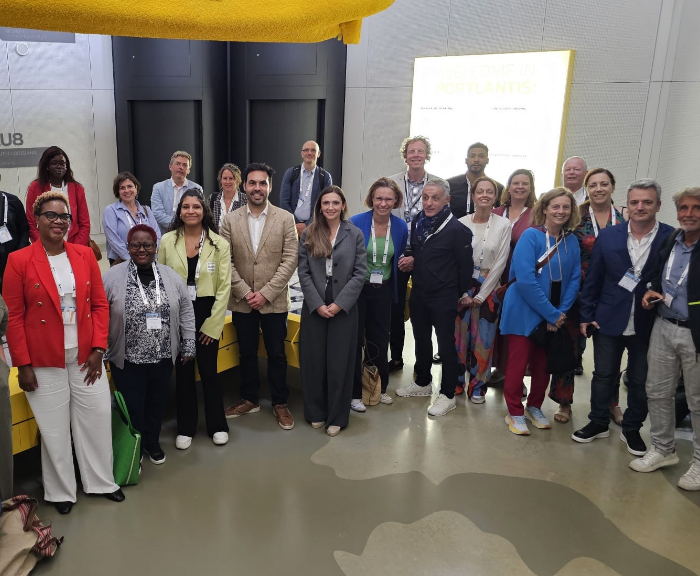
During the coming weeks we will focus on goal 8 of the AIVP Agenda 2030, concerning the Port City Interface. In the border between port and city is where some of the interesting projects take place, combining uses and creating new synergies. We start this discussion with a reflexion by Dr. Beatrice Moretti on the condition of the port-city interface and its potential as threshold and design border. She shares with us some thoughts motivated by her research, published in the book ““Beyond the Port City. The Condition of Portuality and the Threshold Concept” (JOVIS, 2020)”.
«The port-city interface is a phrase that would not have been understood in past times when an interdependent city and port shared a common identity. […] As ports and cities have developed new roles within contrasted but interrelated and interdependent systems at local, regional and global scales, a new interface between port and city has emerged […] as a major concern of many people and organizations over the past fifty years. » With these words the maritime geographer Brian S. Hoyle stated the existence of an intermediate zone between city and port that takes the mutability of urban organisms into consideration and presupposes transition and movement. A field in which, as flows and forces converge and diverge, the identity and character of communities and places condense.
The port dimension has always assumed a certain aptitude for change. Due to the incessant technological and infrastructural evolutions and the global maritime-commercial dynamics, the structure and syntax of the port city are often asked to undergo profound cycles of transformation. Each phase of the process has been confronted not only with physical precedents but above all with traces of urban and human memory accumulated through overlapping actions. These are mostly decommissionings of obsolete areas and artifacts, renovation and assimilation of instruments and mechanisms, and the linguistic alteration of building codes.
In this complex framework, the most evident intermingling condenses along functional and administrative borders: although they are often perceived as contested spaces, in reality the border landscapes between city and port are responsive interfaces, endowed with a receptive potential and, first and foremost, inclined and/or subject to change.
Thanks to maritime geography studies, it is possible to evaluate the spatial conformations taken on by port cities over the centuries. Between the nineteenth and twentieth centuries, as Hoyle and others have theorized, the emergence of a border that divides and simultaneously connects the port and the city can be observed. Thus understood, the city-port border is a liminal space, a third state with respect to the city or the port as usually understood: a dynamic threshold.
Using the concept of threshold, an indefinite formulation of a variable and arbitrary breadth, represents a crucial step in overcoming the ideas of the border, boundary, and limit, since it makes possible the evolution of a legal border into a design border.
A threshold is a precarious and discontinuous filtering space, fragmented into parts in which juxtapositions and antinomies take on concrete form so as to conquer space and become recognizable. Literally, the city-port threshold is that strip of variable thickness produced by the presence of the administrative limit that divides the territory of the city from that of the port. It is a physical element but also a system in which the entirety of interactions and dependencies is concentrated that irreversibly link a city to its port. It is a place that expands in breadth according to the transformations of neighboring spaces, whether it be dismantling, reconversion, or, on the contrary, expansions in operational terms. It marks the beginning and the end of the jurisdiction of the port authority, but, even more than that, its liminal regime, the ensemble of flows and forces that offset and restrain each other, and it generates the creation of a symbolic place that represents the temperament of the port city itself.
The study of the city-port threshold aims to investigate in a unified way the set of artifacts, infrastructures, and facilities that have arisen over time and that have been developed along the border of the port area, considering them as a heterogeneous but compact system. The city-port threshold, in fact, is an exemplary case of a border that becomes a common category of port cities even at very distant latitudes. Made up of various types of elements, the port-city threshold is a palimpsest, a physical chronology to the functions assumed by the border during the lifetime of each port. A linear sequence of operating machines in various states of abandonment and/or use unwinds along the city-port threshold perimeter: they are the residue of the emporium port or are still functioning artifacts, in both cases they are no longer simply isolated objects but fragments of a single system, a specific architectural, industrial, and urban heritage anchored on the border line between city and port.
In this heterogeneous but compact system, warehouses, silos, bunkers, and dockside equipment become the crucial ingredients of a strategic map in which their regeneration triggers a coordinated and comprehensive project of actualization. In this climate, the heritage of the city-port threshold (the decommissioned one, but also the active or underutilized one) is at the center of theoretical and design explorations, functioning as a territorial connector. The threshold loses its original nature as a dividing object and becomes a design threshold, the supporting framework for the actions of connecting, rationalization, and sharing.
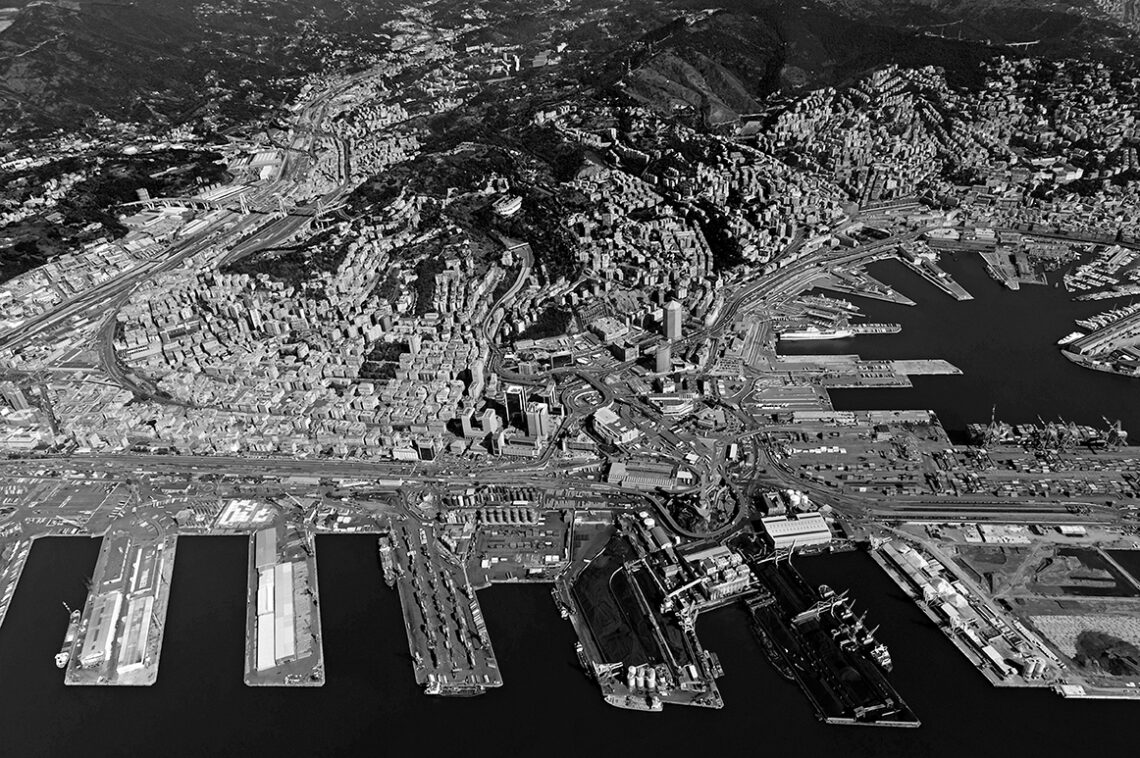
«Isolating the areas», «solidifying the borders», «planning incompletely», «equipping the borders», «designing liminal architectures», «softening the edges», i.e. represent strategies outlined in order to surpass past practices of port delocalization and/or replacement and, finally, recognize an alternative approach, one that sees a possible tactic for the city-port threshold in the concept of coexistence between city and port. The idea of coexistence expresses a relational condition between the two governing entities that can also be investigated as an operational paradigm. Its conceptualization, which symbolizes the anachronistic attempt to reconstruct the old and deteriorated relationship and, simultaneously, the necessary surpassing of the concept of integration, embodies the simultaneous and ambivalent action that allows one to stay on the inside and, at the same time, on the outside of a given situation. Taken as a design attitude, coexistence interprets the indefiniteness and ambivalence of the liminal areas: it provides the possibility of characterizing the spatial sequences of the threshold using different degrees of definition around which new projects are articulated, but so is the pre-existing urban fabric.
More information about Goal 08 of the AIVP Agenda about the port-city interface.
The book “Beyond the Port City. The Condition of Portuality and the Threshold Concept” is available here
